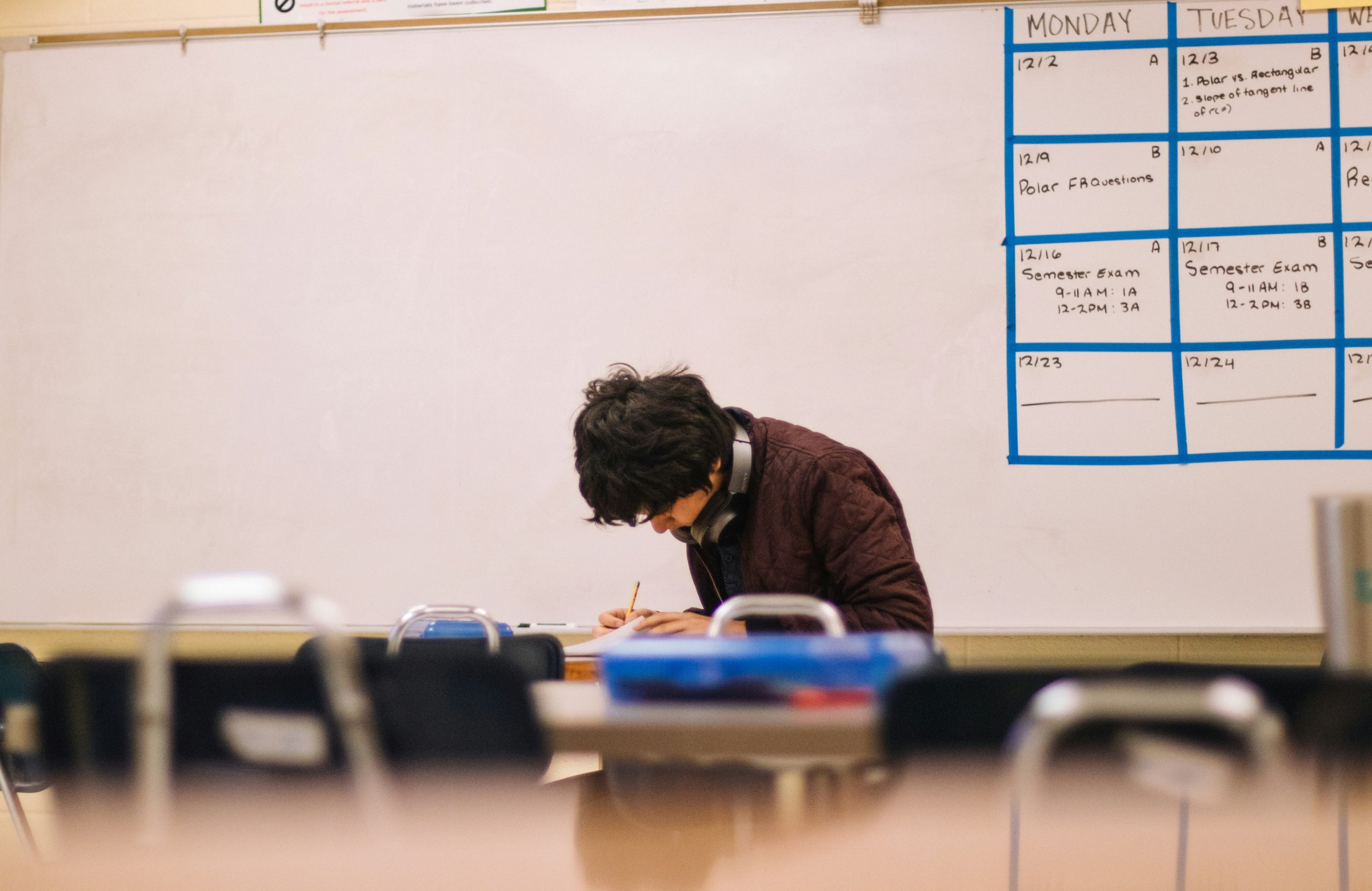Why Peer-to-Peer Learning Models Are Gaining Popularity
If you’ve ever tried to learn a new skill or subject on your own, you know how challenging it can be. Traditional learning models often involve one instructor lecturing to a group of students, leaving little room for interaction and customization. However, a new approach to learning has been gaining popularity – peer-to-peer learning models. This innovative method has been praised for its effectiveness and has been adopted by individuals, schools, and organizations alike. In this article, we’ll dive deeper into what peer-to-peer learning models are and why they are gaining traction in the world of education.
What is Peer-to-Peer Learning?
Peer-to-peer learning, also known as P2P learning, is a teaching method that involves individuals learning from each other in a collaborative and interactive setting. It shifts away from the traditional top-down approach, where knowledge is solely imparted by an instructor, and instead encourages a more equal exchange of information between peers.
This form of learning is not a new concept – it has been around for centuries. Think of apprenticeships in ancient Rome, where young artisans shadowed skilled craftsmen to learn their trade. P2P learning takes a similar approach, with individuals learning from one another’s experiences, skills, and knowledge.
Why is it Gaining Popularity?
More Interactive and Customizable
Peer-to-peer learning models provide a more interactive and customizable learning experience compared to traditional models. In a peer-to-peer setting, learners actively engage with one another, allowing for a deeper understanding of the subject matter and an exchange of ideas and perspectives. This type of learning also promotes self-directed learning, where individuals can tailor their learning based on their interests and needs.
Encourages Critical Thinking and Problem Solving
In a traditional classroom, students often passively receive information from the instructor, but in a peer-to-peer learning environment, they are encouraged to actively participate and think critically. When learners collaborate and engage with one another, they are challenged to use their problem-solving skills to come up with creative solutions or ideas, leading to a deeper understanding of the subject at hand.
Promotes Social and Emotional Learning
In addition to academic growth, peer-to-peer learning also promotes social and emotional learning. As individuals work together in a collaborative setting, they develop crucial skills such as communication, empathy, and teamwork. These skills are essential in all aspects of life and are highly valued by employers, making peer-to-peer learning an effective way to prepare individuals for the real world.
Examples of Peer-to-Peer Learning Models
Online Learning Platforms
Online learning platforms such as Skillshare, Udemy, and Coursera all use peer-to-peer learning models. These platforms allow individuals to share their expertise and knowledge with others through online courses, creating a virtual peer-to-peer learning experience.
Peer Tutoring Programs
In schools, peer tutoring programs have become a popular way for students to help one another succeed academically. This approach not only improves the academic performance of both the tutor and the student but also fosters a sense of responsibility and teamwork.
In Conclusion
Peer-to-peer learning models have gained popularity for good reason – they provide a more interactive, customizable, and dynamic learning experience. These models not only promote academic growth but also develop crucial skills that are highly valued in today’s society. As the world continues to evolve, the demand for more innovative and effective learning methods will only continue to grow, making peer-to-peer learning models a valuable addition to the education landscape.











